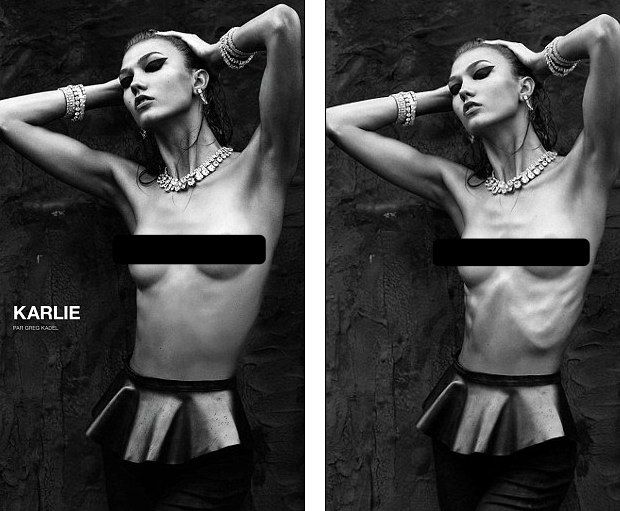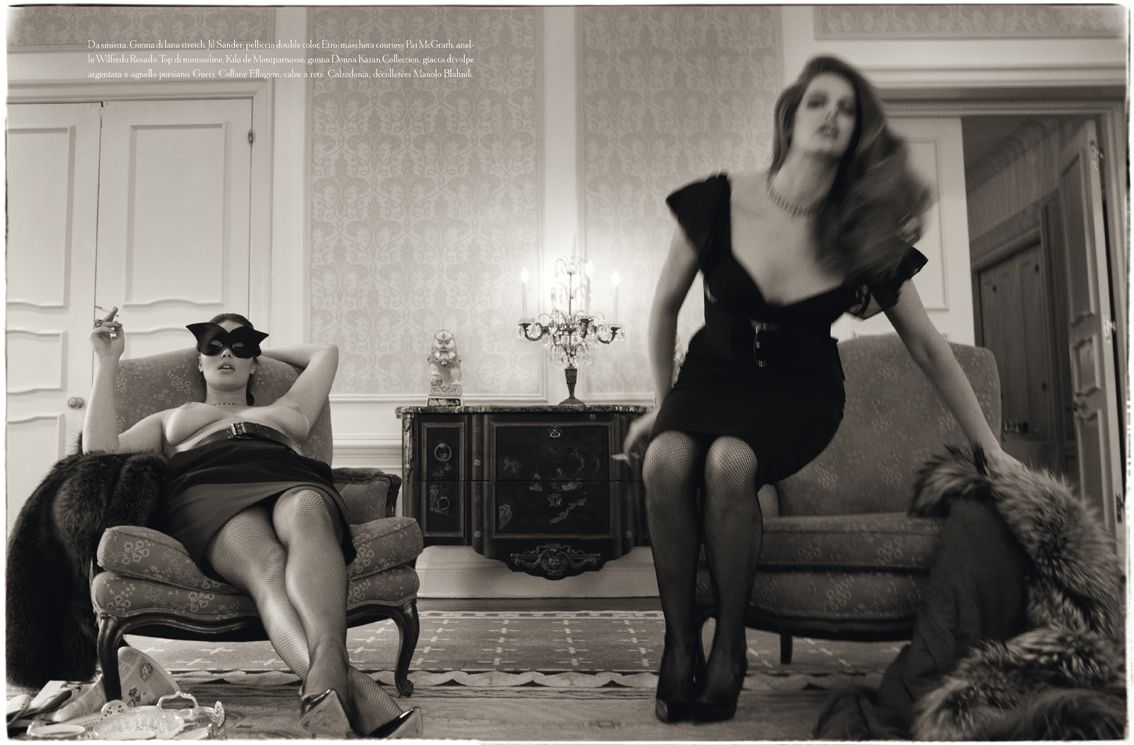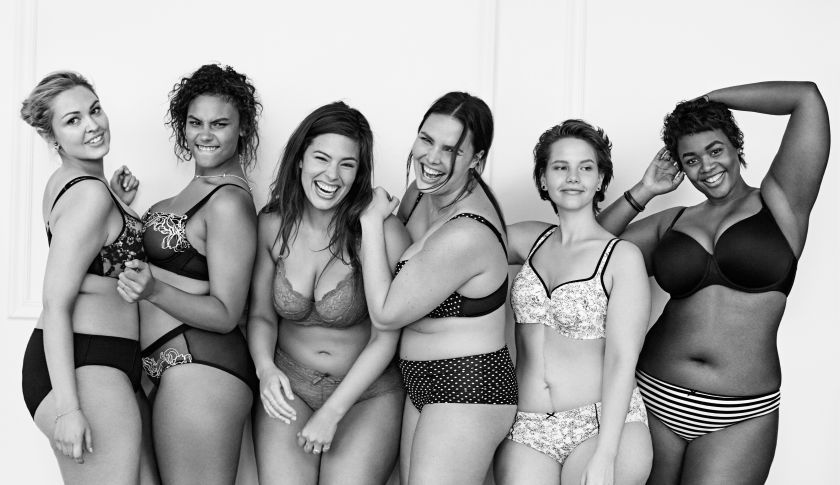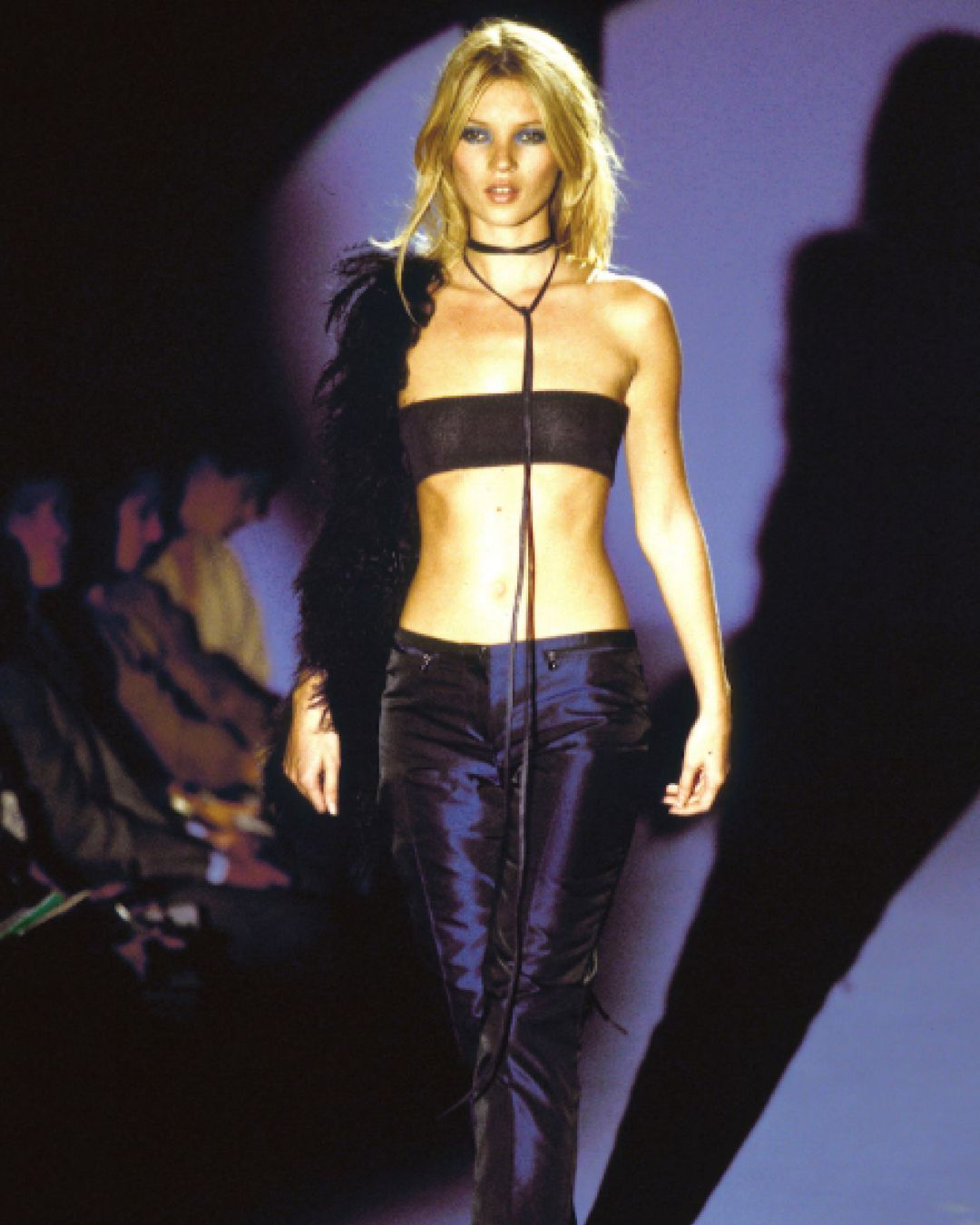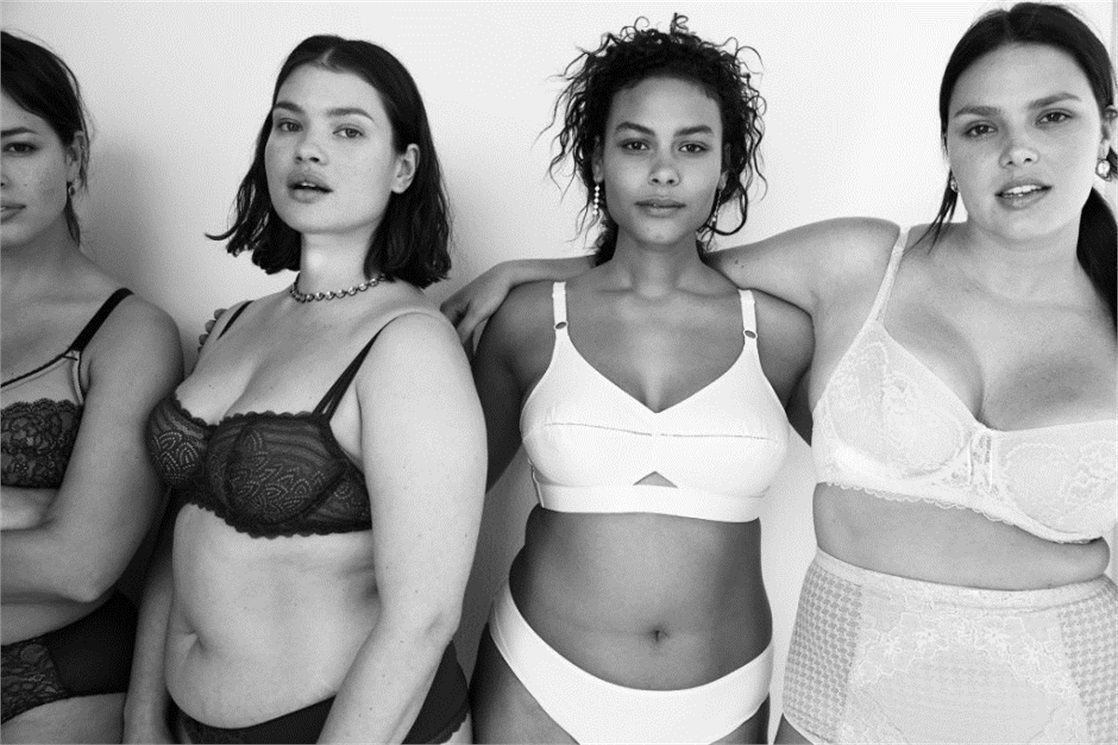
Plus-size fashion is not what it seems What the curvy market is missing
Last month the French Parliament approved the law that regulates “models' thinness”. The bill provides two extremely important measures. First, models who work in France will show a medical certificate that proves that “models' health, valued on their body mass, is compatible with the practice of the profession”.
The law also provides that fashion images with digital retouches that alter a model's silhouette must be labelled as “retouched photograph”. The bill not only safeguards models' health, but protects fashion users, which are bombed with iper-glamorous images that do not represent the truth, by promoting, in some cases, far-fetched and insane aesthetic values.
This news leads us to consider again the extreme thinness that often appears on the runways and the never ended anorexia alarm. However, these are two delicate themes that can't be dealt exhaustively with a short article, but this leads me to think about another aspect linked to the idea of the body in fashion: how does the Curvy Revolution go?
The Curvy Fashion has boomed on the glossy pages of our favourite magazines some years ago, introducing itself as an aesthetic breakthrough for plus-size consumers who want to appear glamorous in a world of size 38 and to raise awareness among people about the lack of “fatter” reference models.
For a long time nothing but this has been talked about, a lot of magazines have adopted specific sections for plus-size readers and a lot of brand too have started to launch ad hoc lines for curvy customers.
However, this story never sat right with me, but I never understood what has gone wrong. Then, I found an article by Bethany Rutter for Dazed and Confused which made it all much more clear.
Rutter's critique is based on two points: the ultimate goal of plus-size fashion is to make you believe you are not fat; the second one is to promote stereotyped beauty standards which impose a femininity built on fixed, not highly representative concepts. So, if you are curvy like Kim Kardashian it's ok, but if you get over the limit, we are sorry, we can't dress you up.
Bingo. The problem seems to be the fact that the fashion industry really can't accept that fat people exist. Not only, “fatness” is still a taboo, I found myself using the term “fat” with caution in this article.
In short, Bethany Rutter calls for gaining conscience of your own bodies and for dressing yourself for what you are, namely fat. Mainstream brands, she says, deceive plus-size clients by designing few shapes imposed by the general idea about how a fat girl should look like. In addition, these clothes are often skinny models re-designed for the plus-size customer, regardless of the needs this kind of silhouettes look for.
Concerning the Italian publishing system, I have always thought it had significant gaps. First, the Curvy world is often ghettoised: the columns about it are apart from the rest and we are still enthisiastic every time a curvy model appears on a fashion magazine.
Personally, all this seems a pathetic and mediatic forcing, while this reality should now be included in fashion naturally. It's a competition between who publishes more articles about Curvy fashion, showing fat readers as “not normal” and in need of special spaces.
Another aspect: Curvy fashion is stereotyped. Think about it, most of the fashion editorials offers a plus-size image based on two general stylings: a sensual Mediterranean lingerie shooting or a jokey-cartooned mood with a touch of vintage vibes. As if a fat girl couldn't dress in different ways, for example more trendy and fresh.
Finally, I've often found shopping guides for plus-size fashion victims where “plus-size” meant size 44, not considering larger size girls. So, plus-size fashion industry still seems to be a charming fairytale told to the audience and way far from reality.










































